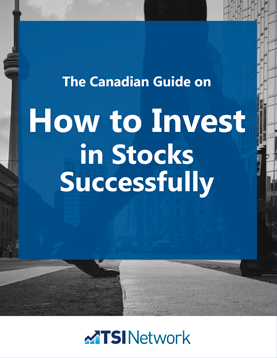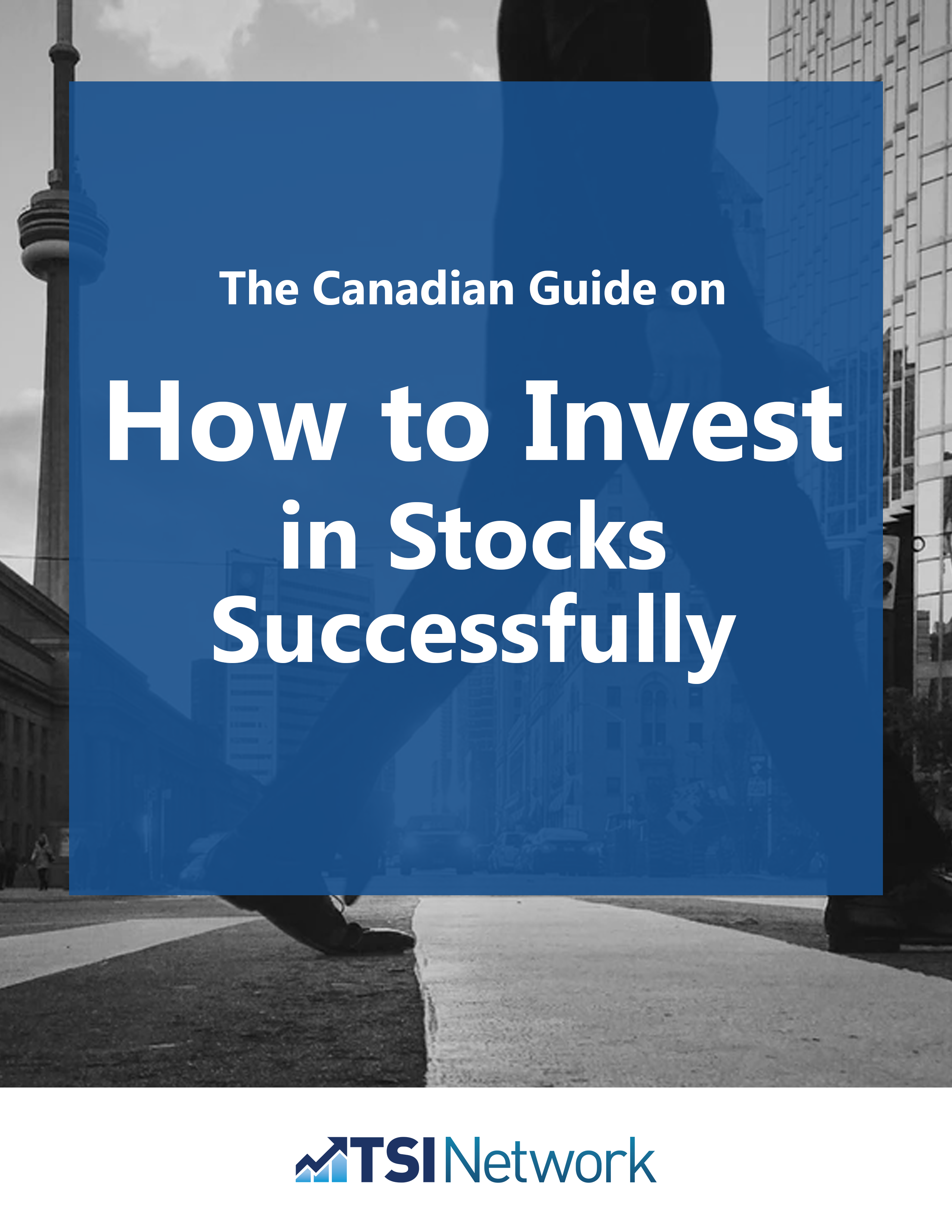Topic: How To Invest
25 investment terms every investor should know

25 investment terms every investor should know—from Aggressive Investing to Warren Buffett
If you’re an investor, you may not know all of the investment terms you come across. Here’s a breakdown of some of the most common ones.
Aggressive Investing
Aggressive investing is a style of investing that involves attempting to maximize returns through investment in higher risk aggressive stocks and investment products. While higher risk investments can be a strong component of growth, they can also be considerably riskier, so you should limit your portfolio exposure to such investments.
|
The Excellent Habits of Stock Market Winners The road to bigger profits starts with a winning game plan. Here it is. From four decades of experience, Pat McKeough has singled out the real secrets of successful investing. You can put them to work for you with his special report, “The 10 Best Practices of Successful Investors.”
|
Annuity
An annuity is an agreement between you and an insurance company that requires the insurer to make payments to you, either immediately or in the future. You buy an annuity by making either a single payment or a series of payments. Annuities are paid out in either one lump-sum or a deferred series of payments over time.
Asset Allocation Fund
An asset allocation fund is a mutual fund whose managers believe they can improve returns and/or reduce risk by switching back and forth among stocks, bonds and cash. Unlike balanced funds, they can shift their portfolio allocations in any amounts between stocks, bonds and cash in order to capitalize on perceived investment opportunities in any one of those classes.
Beta Ratings
Beta ratings are commonly used to measure a stock’s volatility. To calculate a stock’s beta, an index like the S&P/TSX Composite Index is assigned a beta of 1.0. The historical volatility of different stocks relative to the index is then measured using either a 36-month or 60-month regression analysis. Negative beta ratings indicate the stock tends to move in the opposite direction from the general market. That is, the stock price declines when the overall market is rising or rises when the overall market is declining.
Blue Chip Stocks
Blue chip stocks are big, well-established, dividend-paying corporations with strong business prospects. These are companies that also have sound management that should be able to make the right moves to keep competing successfully in a changing marketplace.
The root of the term “blue chip” stems from the game of poker, as the blue chips represent the highest value. Investing in blue chip stocks can give you an additional measure of safety in today’s turbulent markets.
Bonds
In simple terms, bonds are a form of loan whereby you are lending money to a corporation or government.
In return, a bond pays a fixed rate of interest during its life. Eventually, a bond matures, and holders get the bond’s face value, and nothing more. Note that receiving the fixed interest and face value at maturity is the best that can happen. Corporate bonds can go into default. As well, inflation can devastate the real purchasing power of bonds and all fixed-return investments.
Bond prices and interest rates are inversely linked. When interest rates go up, bond prices in general go down, when interest rates go down, bond prices go up.
Bull Market
A bull market is a term used to define a long period of rising stock prices that usually lasts one to three years or more. In contrast, a bear market is a long-term period of falling prices that typically lasts a year or two.
Capital Gains Tax
Capital gains tax is the tax paid when an individual sells a stock outside of an RRSP or RRIF and profits from the sale.
To calculate your total capital gains tax on a share you sold during the previous tax year, subtract the adjusted cost base of the shares you sold from the total proceeds of the sale. The adjusted cost base of the shares is equal to the cost of the shares plus any costs associated with owning them, such as brokerage commissions.
Capitalization
Capitalization is the total value of all debt, common stock, preferred stock, contributed surplus and retained earnings of a particular company. In investing, capitalization can also refer to a stock’s market cap. The market cap is the total number of shares outstanding multiplied by the current price per share. While many numbers and statistics frequently prove to be of limited value in judging stocks, there is one that is often underused: market cap.
Dividends
Dividends are typically cash payouts that serve as a way companies share the wealth they’ve accumulated through operating the company. These payouts are drawn from earnings and cash flow and paid to the shareholders of the company. Commonly, these dividends are paid quarterly, although they may be paid annually or even monthly as well. Dividends can produce as much as a third of your total return over long periods.
ETF
An ETF or exchange-traded fund holds baskets of stocks that represent stock indexes. These indexes include the S&P/TSE 60 Index. They offer much lower fees than mutual funds. Fees can be as low as 0.10% a year or less for ETFs vs. mutual funds that can charge you 2% to 3% or higher on their funds. ETFs can save you a lot of money and boost your returns over time.
Financial Ratios
Financial ratios are ratios that give you an idea of how under- or over-valued a stock may be in terms of its earnings and cash flow, as well as how sound its balance sheet is and so on. Financial ratios can’t tell you everything about a stock, but they well help you determine which stocks are worth taking a closer look at. Common ratios include the P/E ratio, price-to-book-value, price-cash flow ratios, and debt-to-equity ratios.
Growth Stocks
Growth stocks are companies that are likely to have sales and earnings growth well above market average. Frequently they pay few, if any, dividends. Instead they typically reinvest any extra cash flow to promote further growth. Chosen wisely—according to Pat McKeough’s advice—high-quality, growth-oriented stocks can be worthwhile additions to most well-diversified portfolios.
Hedge Funds
Hedge funds buy good stocks and sell bad stocks “short”, in hopes of making money regardless of market direction. If the market goes up, the good stocks should rise more than bad, so gains on the good stocks should exceed losses on the short sales. If the market falls, the bad stocks should fall more than the good, so gains on the short sales should exceed losses. But profitable short selling requires superhuman timing, and the inevitable mistakes can be super expensive.
IPO
An IPO or, is the first sale of stock by a company as it goes public. Initial public offerings often have a turbulent start on the stock market. Shareholders often sell a portion of their shares to recoup their investment during the first weeks and months the stock begins trading. We generally advise investors to stay out of IPOs.
Market Order
Market orders are orders to buy or sell a specific number of shares at the best price available when you place your order. Market orders are almost always filled within a very short period of time—minutes or even seconds.
However, you only learn the price you paid (for a purchase) or received (for a sale) after the order is filled. There is always the possibility that the market price may change, for or against you, between the time you place the order and the time it is filled.
Mining Stocks
Mining stocks are investments in companies that produce or explore for minerals. Some of these minerals include uranium, coal, molybdenum (which is used in steelmaking), copper, silver and gold. They are affected by fluctuating commodity prices in addition to their own business and operating risks.
Mutual Funds
Mutual funds are diversified portfolios of equities and investments in which small investors can take part. They are an investment product, with individual shares being called units.
Momentum Stocks
Momentum stocks are stocks that are bought by investors who focus on growth stocks— but they want to hold only while prices are rising. They don’t mind paying a high price, because they plan to sell as soon as the rise begins to falter.
Penny Stocks
A penny stock usually trades for under five dollars a share, and as the name implies, sometimes for pennies. Most of the time they’re young companies, or start ups in speculative markets like mining or technology.
Pink Sheets
Pink sheets are companies that trade on the U.S. over-the-counter market, a holdover from the days when the quotes for these stocks were printed on pink paper. They are for investors looking for high-risk investments.
RRSP
RRSPs or Registered Retirement Savings Plans are a form of tax-deferred savings plan. RRSP account contributions are tax deductible, and the investments grow tax-free. When you later begin withdrawing the funds from your RRSP, they are taxed as ordinary income. RRSPs are the best-known and most widely used tax shelters in Canada.
TFSA
A TFSA or tax-free savings account is a registered savings account. The account earns investment income without being subject to tax. Contributions to the account are not tax deductible, but at the same time, withdrawals are also not taxable. TFSAs have a contribution limit. They began at the start of 2009.
Value Stocks
One of the best ways to boost your portfolio returns is to buy high-quality “value stocks” (or stocks that are reasonably priced, if not cheap, in relation to its sales, earnings or assets), then hold on to them as investors recognize the value and push up the share price.
Value stocks are typically stocks trading lower than their financial fundamentals suggest. They are perceived as undervalued, and have the potential to rise. Many new tech stocks, for instance, start out as growth stocks and transition into value stocks.
Warren Buffett
Warren Buffett is a fabled investor from Omaha, Nebraska. Mr. Buffett’s investing success has always been based in value investing.
Buffett’s first great investing achievement was to sell all his holdings in 1969, just prior to the early 1970s market downturn. He felt that 1969 stock prices were simply too high, from a value investing point of view. He re-entered the stock market in 1974, after prices had collapsed by 40% or more. This alone established his investing-legend status. Since then, he has achieved a better-than-average investing record by buying large stakes in a handful of well-established companies.
Are you a new investor seeking investment terms not defined in this list? Let us know what term you keep seeing pop up that needs further explanation.




…what is a good entry point when purchasing a stock or an etf? I always pay too much then the stock drops like Home Capital Group dropped from the $50 range to $30
range as soon as I bought it. Setting a limit price is difficult because does one choose 50 day moving average or?
Rena I’m going to tell you something important, as I feel compelled to do so, after reading your question. Pat himself will tell you that you cannot time the market. I believe it is the first requirement. You will not make money on every chance you take! You must accept this completely and begin to think in terms of probabilities. The future is unknowable, there is no certainty, understand and accept this. It does not prevent you from making money. Pat and i seem to come at the task of making money from the market from entirely different perspectives, however neither of our approaches is wrong. I was once a subscriber and remain in touch. I’m going to suggest you examine moving averages, I’m going to suggest you calculate the moving averages using a form of them called “median price moving averages”. This means take the high and the low of the bar, probably a daily bar, but weekly and monthly will operate fine. I suggest testing MA periods between 15 and 25. Pick one MA period that suits you. You probably wonder how do we use these? The first rule is simple, a position can only be long if the MA is rising. You will know if the MA is rising by the slope of a line drawn between points, current to historical. If the slope is up it’s rising, and you can own the stock. Make your purchase on price weakness. I could expand on this and other basic concepts for hours. There is so much more to see/study and comprehend, I’ve been at this task a very long time. Your question struck me as a cry for help, I truly hope this helps.
I think many investors don’t understand closed end funds and the perils and profits possible.